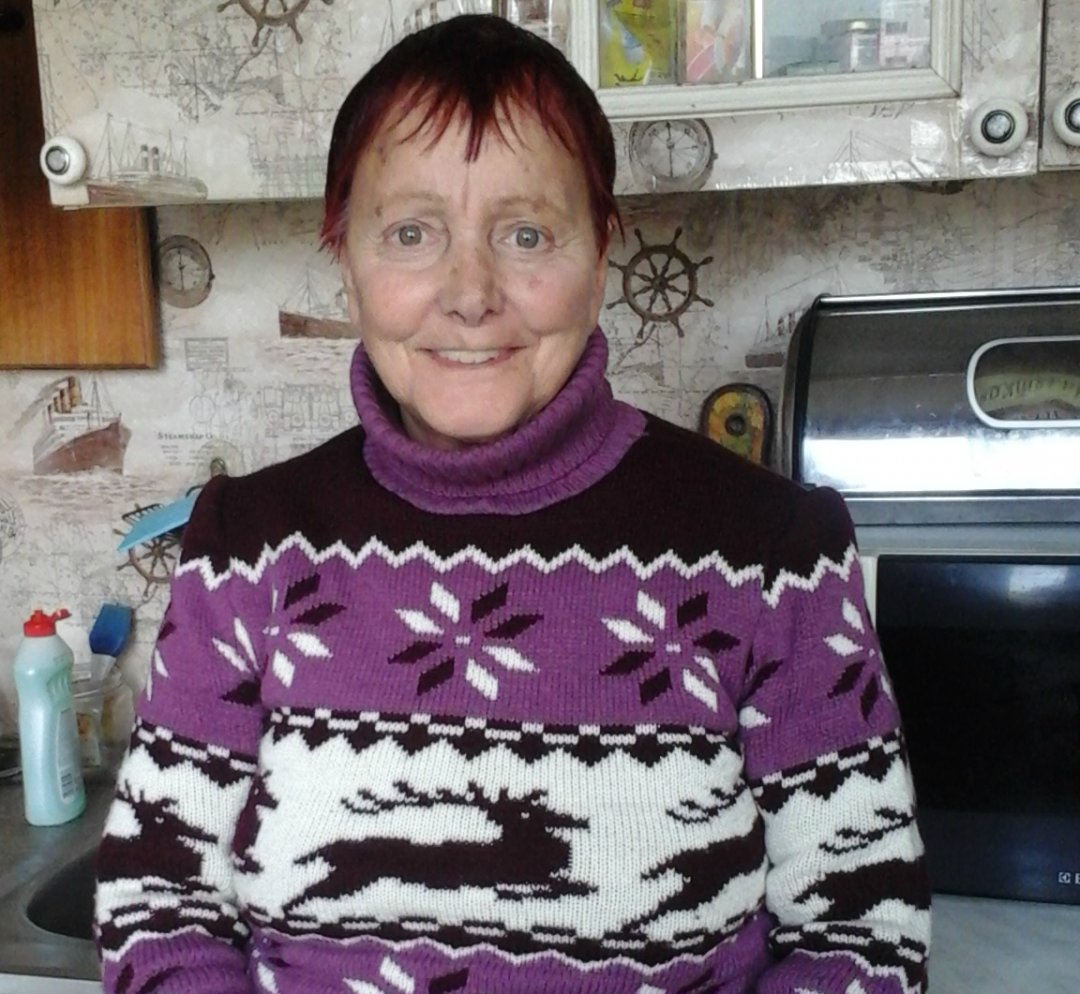
| Year of birth | 1938 |
| Date of arrest | 29 September 1941 |
| Date of rescue | 29 September 1941 |
| Place of rescue | Babyn Yar |
| Location of the stumbling stone | Saksahanskogo Street, 131A |
| Stumbling stone installation date | 5 October 2021 |
Raisa Vadymivna Maistrenko (née Lymarieva) was born in Kyiv on 12 September 1938. Her father Vadym Petrovych Lymariev, serving military officer, was Ukrainian, while her mother, Tsylia Myronivna (Meierivna) Lymarieva, was Jewish. Raisa lived with her mother and her brother Valentyn (from her father’s first marriage), and her paternal grandparents in a communal apartment on the corner of Saksahanskogo and Kominterna streets. Back then, her father studied at the Poltava Military College. Raisa’s grandfather, Petro Lymariev, was a stovemaker. Later, her father went to war. Her grandfather, Petro Oleksandrovych Lymariev, was born in Kovel. Her grandmother, Tetiana Ivanivna Lymarieva, was her grandfather’s second wife. Both grandparents haven’t received any education. Little is known about the family of Raisa’s mother. The families were estranged. The only thing Raisa knew was that this part of her family was very large and religious. Her maternal grandfather, Meier Kovkin, arrived with his family to Kyiv from a Jewish town. They all lived in the Batyieva Hora neighborhood. He worked as a coachman, owned horses and horse carriages. Raisa’s mother talked to her family, but they didn’t visit their house.
On 29 September 1941, that fatal day for Jews, a horse carriage with numerous members of Raisa’s mother’s family led by grandfather Meier, drove up to their house at 131 Saksahanskogo Street. Raisa has barely turned 3 years old. It turned out they wanted to take their daughter and granddaughter with them. When German leaflets began appearing in Kyiv ordering Jews to assemble near the Lukianivske Cemetery, people took it as an order to evacuate Jews from Kyiv. This seemed logical, because a railway line was running there. Grandfather Petro persuaded Raisa’s mother not to go there, promising to hide them. However, grandfather Meier’s arrival changed the situation. He believed that the leaflets announced resettlement of Jews, and persuaded Raisa’s mother to join them. Accepting his arguments, Raisa’s mother quickly gathered their belongings, documents, photos, valuables, threw everything onto the cart, and put Raisa and her brother there. But at the very last moment, grandfather Petro took the boy away, telling he would bring him when his mother settled down safely and sent them her address. Grandmother Tania went to see them off. According to her, there were 18-20 of them, and nobody suspected how it would turn out. Their road of death ran along Saksahanskogo Street in direction to the Jewish market (now Peremohy Square), then along the Brest-Lytovsk highway, Kerosynna Street to the area near the Lukianivske Cemetery. On Melnykova Street, coming closer to the cordoned off zone, Tetiana Ivanivna understood they had to escape; she started crossing herself and shouting: “I am Russian!”. She had her passport with her. She showed it and shouted: “I’m Russian”. Raisa’s grandmother was dark-haired and looked like a Jew. A polizei came to her and yelled: “Everyone here is a Jew”. He knocked her down with his rifle, aiming at the little Raisa’s head. However, Tetiana managed to protect the girl with her shoulder and fell to the ground. The polizei broke her shoulder with his rifle. A German approached them and asked: “Jude?”. The polizei answered: “She says she’s Russian”. The German grabbed Tetiana by her collar, forced her to her feet and threw her away. Tetiana Ivanivna, Raisa, and a girl about 12 years of age managed to run away, hide in the cemetery, and later return home. After those events, Raisa continued living at the same address with her grandparents and their large family. Her mother died, and her father was considered missing until the end of the war when it was discovered that he had been wounded and treated in various hospitals, in one of which he had married a nurse who had cared for him.
After the war, Raisa’s family was afraid that somebody would get to know that the girl was Jewish, so she was prohibited from talking about it. It was only in 1991 that she finally dared to enter her mother’s name, Tsylia Meierivna, in the Book of Memory of Victims of Babyn Yar, after which her grandmother Tetiana Ivanivna became a Righteous Among the Nations.
After graduating from secondary school, Raisa decided to become a milling-machine operator; her mother Tsylia had also had a similar occupation, milling dumbbells in a cooperative association. Plus, she needed to make money. However, Raisa hasn’t forgotten about her favourite hobby — dancing. She joined an amateur ensemble at the Bilshovyk Culture Palace led by choreographer Leonid Kalinin, who led the world famous dance troupe of Veriovka Ukrainian Folk Choir. Raisa Vadymivna learned classical dance from prima ballerina Zinaida Lurie. This is where Raisa met her husband; they spent 22 years on the professional dance stage.